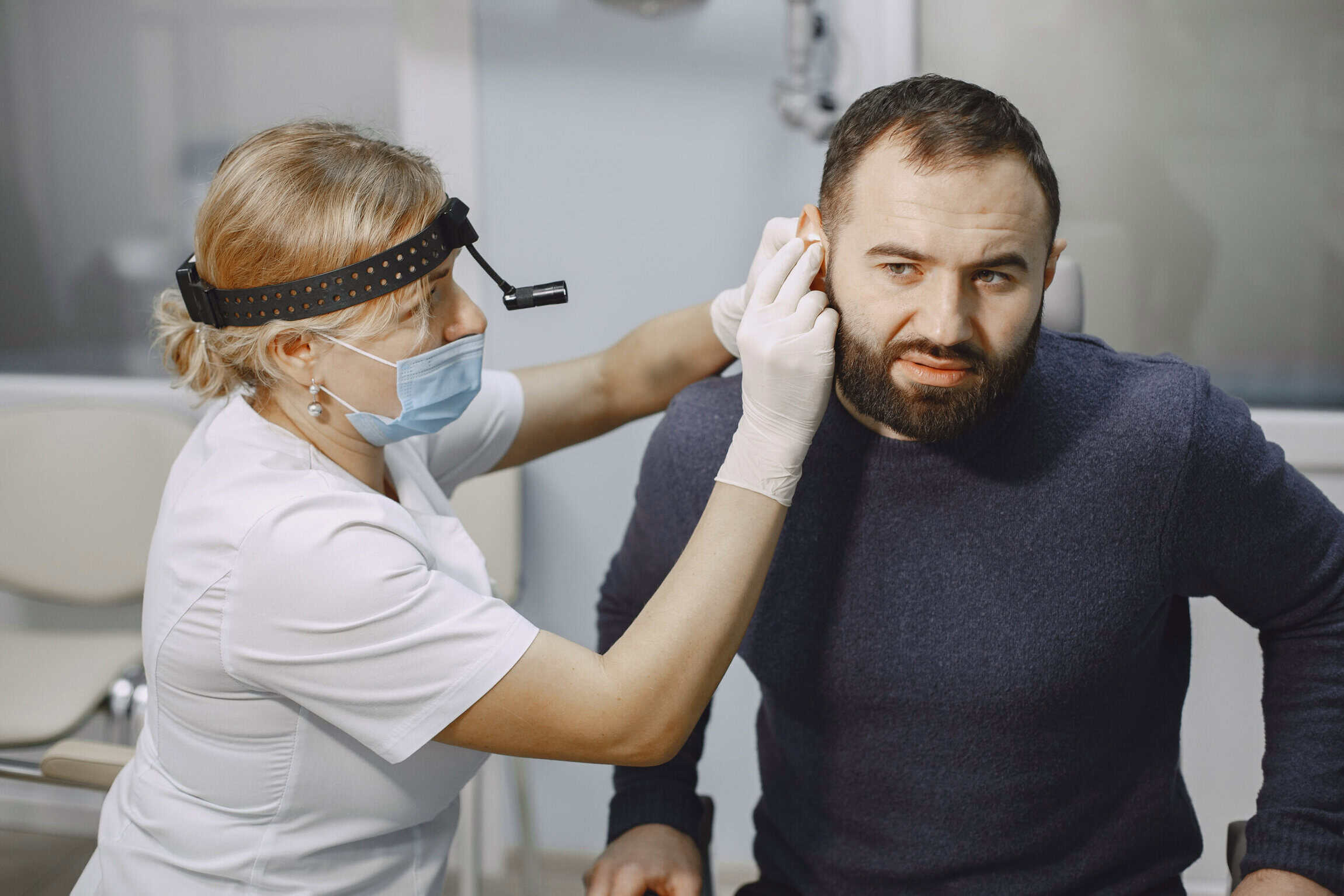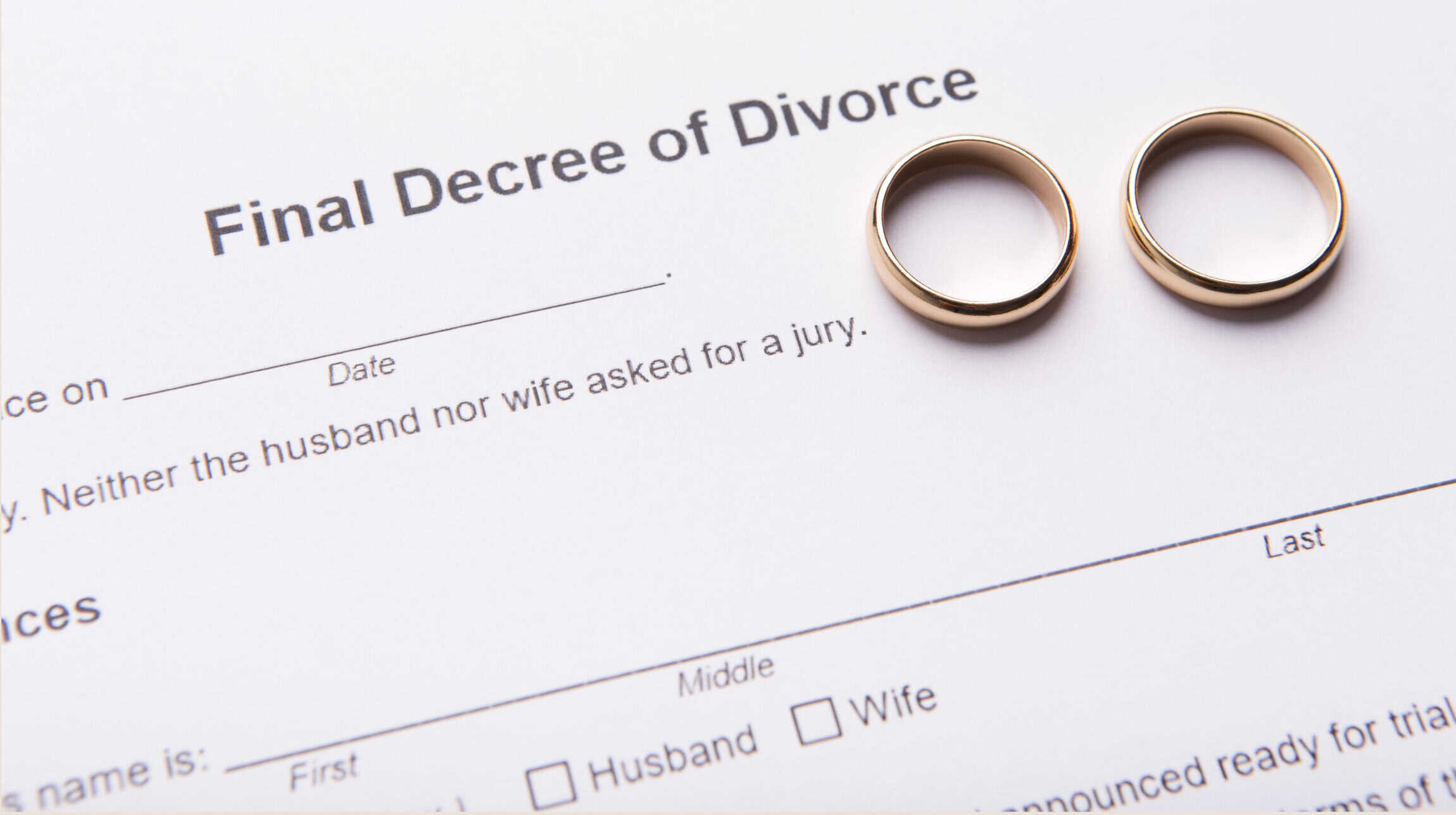Suffering a workplace injury that results in permanent impairment can be life-altering. Fortunately, Virginia’s Permanent Partial Disability (PPD) benefits provide financial compensation to workers who sustain injuries that limit but do not entirely prevent their ability to work.
When considering PPD Benefits there are two types of losses (injuries) considered by Virginia law:
- Scheduled Losses: Covers specific body parts such as hands, arms, legs, hearing, and vision, with compensation based on a predetermined number of weeks.
- Non-Scheduled Losses: Covers injuries like back injuries and loss of function, where compensation is based on the reduction in wage-earning capacity.
Suffering a Scheduled Loss can entitled an injured worker to PPD benefits. A Non-Scheduled Loss does not entitled an injured worker to PPD benefits, but other wage loss benefits may be available.
This guide explains what injuries qualify for PPD benefits and how compensation for the permanent impairment is calculated and how Functional Capacity Evaluations (FCEs) play a key role in determining compensation.
What is Permanent Partial Disability (PPD) in Virginia?
PPD benefits are designed to compensate injured workers for injuries that limit function of a scheduled loss/body part. PPD benefits are deducted from the 500 weeks of wage loss benefits available to an injured worker. Each scheduled body part is assigned a certain number of weeks of compensation. The number of weeks assigned to a scheduled body part is for a 100% loss of use of function. If the loss of function is not 100%, the injured worker is entitled to their percentage loss of use to the body part from the maximum permitted by statute (see below).
Scheduled Body Parts
Under Virginia’s Workers’ Compensation Act, PPD benefits are eligible for permanent loss of use to:
- Arms
- Hands
- Fingers
- Legs
- Feet
- Toes
- Loss of Vision
- Loss of Hearing
- Scarring and Disfigurement
A 100% loss of use for each of the scheduled body parts entitles an injured worker to the following amount of weeks of wage loss benefits.
Body Part Compensation Period
| Body Part | Compensation Period |
|---|---|
| Arm | 200 weeks |
| Hand | 150 weeks |
| Fingers | |
| – Thumb | 60 weeks |
| – First finger (index finger) | 35 weeks |
| – Second finger | 30 weeks |
| – Third finger | 20 weeks |
| – Fourth finger (little finger) | 15 weeks |
| Leg | 175 weeks |
| Foot | 125 weeks |
| Toes | |
| – Great toe | 30 weeks |
| – A toe other than a great toe | 10 weeks |
| Permanent total loss of vision of an eye | 100 weeks |
| Permanent total loss of hearing of an ear | 50 weeks |
| Severely marked disfigurement of the body | Not exceeding 60 weeks |
Typically, loss of function in your extremities are apparent and straight forward and a physician determines an impairment rating, which is used to calculate benefits. Loss of hearing or vision can present more complicated injuries to prove.
Virginia Impairment Rating for Workers’ Compensation
In Virginia, an impairment rating is used to determine the extent of permanent disability caused by a scheduled workplace injury or occupational disease. This rating is expressed as a percentage and plays a crucial role in calculating Permanent Partial Disability (PPD) benefits for injured workers.
How Impairment Ratings Are Determined
- A qualified physician assesses the worker’s medical condition using standardized guidelines, such as the American Medical Association (AMA) Guides to the Evaluation of Permanent Impairment.
- The rating is based on factors such as loss of function, range of motion, pain, and long-term impact on the worker’s abilities.
- The final percentage represents the level of permanent impairment in the affected body part.
Impact on PPD Benefits
The impairment rating directly affects the number of weeks an injured worker is eligible for compensation under Virginia’s scheduled loss system. The percentage of impairment determines the proportion of benefits awarded based on the maximum compensation period for the affected body part.
Example: Hearing Loss Compensation
- A worker with a 50% impairment rating for hearing loss in one ear may be eligible for 25 weeks of compensation (50% of the 50-week maximum for total hearing loss in one ear).
Example: Vision Loss Compensation
- A worker with a 30% impairment rating for vision loss in one eye would receive 30% of the 100-week compensation limit, resulting in 30 weeks of benefits.
The Role of Functional Capacity Evaluations (FCEs) in PPD Claims
A Functional Capacity Evaluation (FCE) is a series of tests conducted by healthcare professionals to assess an injured worker’s ability to perform job-related tasks. It measures:
- Physical capabilities (e.g., lifting, standing, bending)
- Dexterity and hand strength
- Cognitive function if brain injuries are involved
How FCEs Support Claims
- Determines the extent of physical or cognitive limitations caused by the injury
- Provides objective evidence of work restrictions, strengthening a claim
- Helps determine eligibility for modified job duties or additional benefits
PPD Benefits for Hearing Loss
Workers who experience job-related hearing loss may qualify for PPD benefits, with compensation determined by the extent of impairment, whether partial or total. Due to the nature of this injury it is sometimes difficult to prove as hearing loss can result from normal day-to-day activities or result from an occupational hazard or accident. It is important to report any noticeable loss of hearing to your doctor after an accident or if you believe it results from a loud work environment.
Types of Hearing Loss That Qualify for PPD
- Occupational Noise Exposure: Workers exposed to prolonged high-decibel noise, such as machinery, construction equipment, or industrial environments, may develop gradual hearing loss over time.
- Sudden Hearing Loss from an Accident: Acute workplace incidents, such as explosions, head trauma, or exposure to extremely loud noises, can cause immediate and irreversible hearing damage.
Virginia’s workers’ compensation system provides specific benefit durations for hearing loss based on the extent of impairment:
- Total hearing loss in one ear: Eligible for 50 weeks of compensation.
- Total hearing loss in both ears: Eligible for 175 weeks of compensation.
- Partial hearing loss: Compensation is determined based on the percentage of impairment, which is typically assessed through medical evaluations and audiometric testing.
PPD Benefits for Vision Damage
Workers who suffer job-related vision impairment may be eligible for PPD benefits, with compensation based on the severity of vision loss, whether partial or total. Vision loss, like hearing loss, can result from work accidents or occur naturally. If you have been to the eye doctor there will be evidence of what your vision was before your work accident. If you have not been to the eye doctor before, this could present a problem, but a sudden change in your vision after an accident can still be proven.
Types of Vision Loss That Qualify for PPD
- Occupational Exposure to Hazardous Substances: Workers in industries such as manufacturing, laboratories, or construction may experience vision impairment due to prolonged exposure to toxic chemicals, fumes, or radiation, leading to conditions like corneal damage or long-term visual deterioration.
- Traumatic Vision Loss from an Accident: Acute workplace incidents, such as blunt force trauma, flying debris, or machinery malfunctions, can result in permanent vision impairment or total blindness due to retinal detachment, optic nerve damage, or severe eye trauma.
Workers who suffer vision impairment due to job-related injuries or exposure are entitled to compensation based on the severity of the impairment:
- Total loss of one eye: Eligible for 100 weeks of compensation.
- Partial vision loss: Compensation is determined based on the percentage of impairment, which considers factors such as loss of acuity, depth perception, and field of vision.
Non-Scheduled Injuries
If you suffer loss of function to a non-scheduled body part (i.e., back, neck, or other non-scheduled body part) you are not entitled to PPD benefits, but you may be entitled to wage loss benefits (e.g., Temporary Total Disability (TTD) or Temporary Partial Disability (TPD)). Loss of function refers to injuries that result in chronic pain, reduced range of motion, or muscle weakness that impact work performance. These injuries typically affect mobility, strength, or cognitive function.
How Wage Loss Benefits Work for Loss of Function
Because these injuries do not fall under Virginia’s scheduled list, compensation is based on how much the injury reduces wage-earning capacity.
Benefits for Back Injuries (Non-Scheduled Injury)
Back injuries fall under the non-scheduled category, meaning a worker is not entitled to PPD benefits for the back injury itself, but may be entitled to temporary total disability benefits if the injury prevents an injured worker from returning to employment or temporary partial disability benefits if the back injury results in a reduction of income.
Get the Compensation You Deserve
Understanding Virginia’s PPD benefits is key to securing the compensation you’re entitled to after a workplace injury. Whether you’re dealing with injury to an arm, leg, hearing loss, vision impairment, back injuries, or carpal tunnel syndrome, knowing your rights can make all the difference.
At Renfro & Renfro, we are committed to fighting for injured workers, providing trusted legal guidance with integrity and dedication. If you need help with your workers’ compensation claim, contact us today—we’re here to advocate for you every step of the way.






